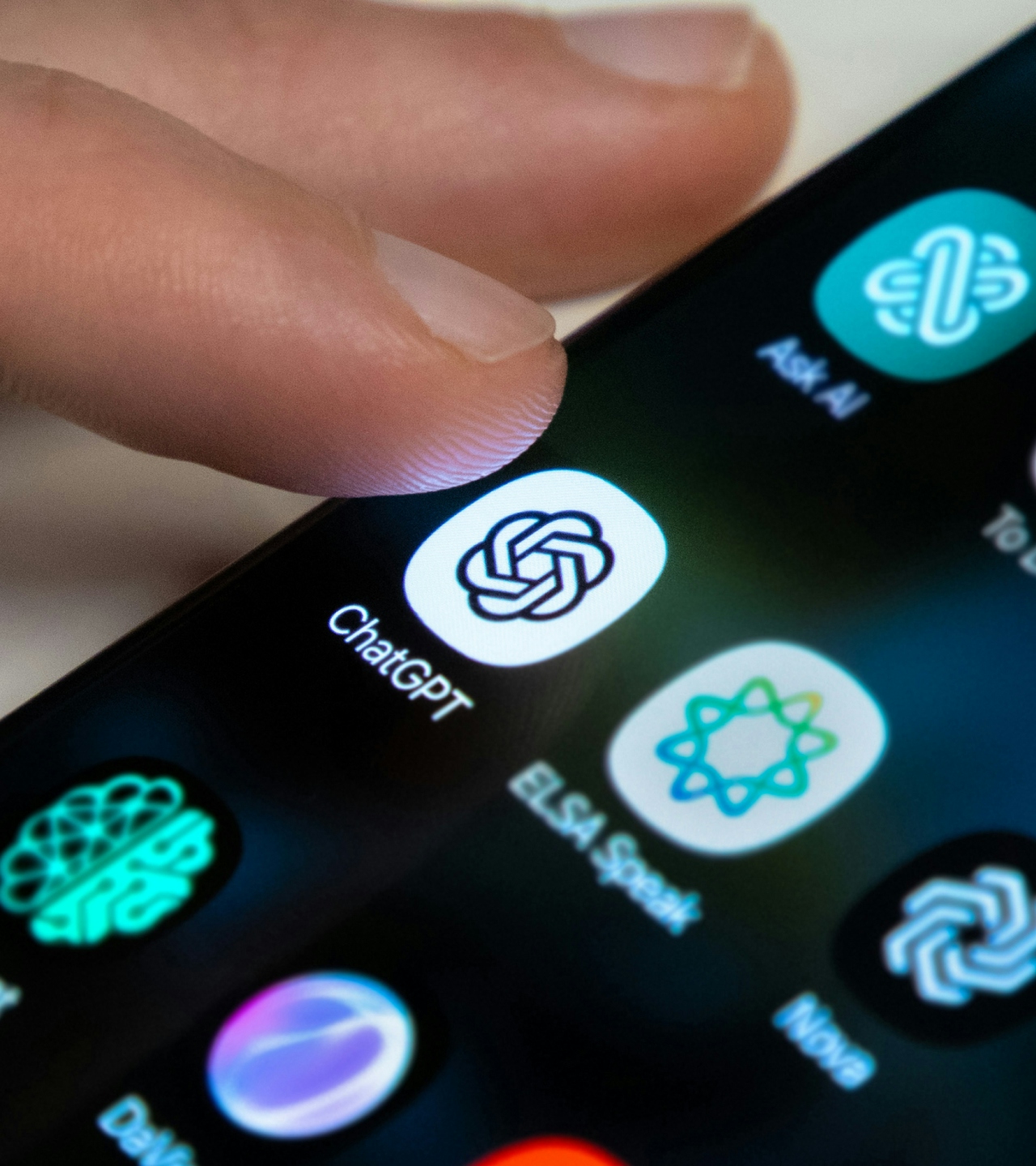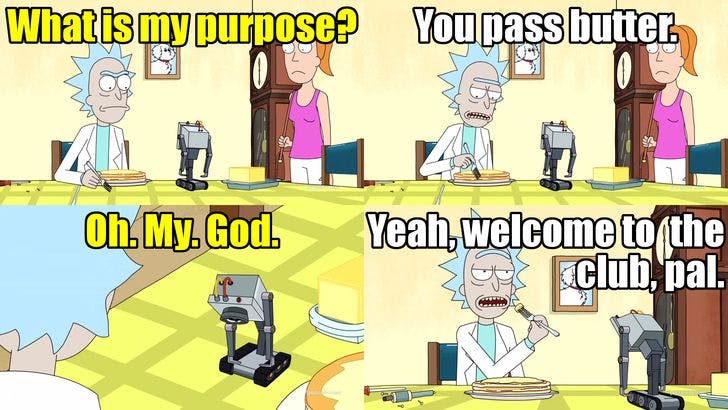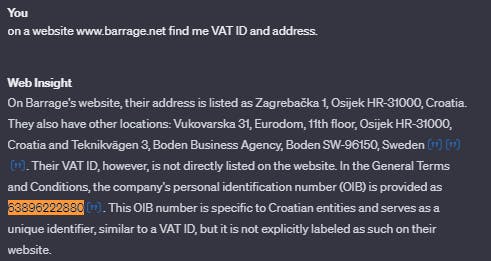
Make your own GPT: Streamline your everyday work with a tailored bot
ChatGPT has just launched a version of GPTs that users can customize for their specific needs. Be among the first ones to test it and apply it to your everyday work tasks!
GPTs are a custom version of ChatGPT that users can create for a specific purpose.
As a part of the Research and Product Discovery department, I need to check A LOT of data daily. Starting from raw data that we get in bulk from research on a specific topic, it takes a lot of time and effort to process the data. That is why GPT-4 is a great start.
GPTs give a new dimension to ChatGPT. It allows for the codeless creation of a personal ChatGPT. You can provide all the information needed to adjust to your needs with a conversation.
This blog will show how I created a personalized web crawler to help me with my daily job.
Introducing Web insight
Allow me to introduce "Web Insight," which analyzes and provides insights on website content and PDF documents. It can conduct detailed analysis of digital content, extract critical information, and offer concise, professional responses to user queries.
The main focus is accurate, direct answers and insights based on the analyzed content.
This is my 3rd iteration of the "Web Insight," resulting from a trial and error development method. I will not bore you with my previous lessons, failures, and issues, but according to my testing, I had the most success with this one.
Teaching the ropes
I started with the basic needs I have:
"I need a detailed link analysis. I will feed you the websites I need you to research in depth. I will need you to thoroughly analyze specific links, emphasizing depth and accuracy."
When I covered the basics, I got into more specified requests. Part of those requests come from my previous iterations, so I had data on how I wanted my answers and what to do with the uncertain data:
"Your answers should offer a concise summary and detailed analyses.
I need you to identify ambiguities in data and provide warnings and source links."
To end my first entry, I gave it an exemption and when to use it:
"If asked, be prepared to extend the search on the web on the specified topic. You will be specifically asked to expand the search on the web."
An apt pupil
When I got confirmation for my prompts, GPT wanted to know more about it's purpose:
"Great, I've updated the GPT to specialize in detailed link analysis, emphasizing depth and accuracy.
Now, let's refine the role and goal of the GPT. Could you describe the kinds of websites or links you'd typically want to analyze? This will help me tailor the GPT's expertise more precisely."

What's my purpose?
To help him to understand his task, I gave him more information about his task:
"I will need you to analyze various websites. This is just general guidelines on what you need to do when you get a link to start the analysis."
To emphasize the importance of the search on the targeted website, I reiterated the importance of searching on the specific webpage until otherwise mentioned:
"Until you are told, focus on a website that it is provided. When asked to extend the search, start searching on the other websites."
When I received confirmation, I further defined the requirements:
"With Web Insight now set to concentrate on the provided website and expand its search upon request, let's consider how it should handle clarifications. Should it ask for more details if the information provided is unclear, or would you prefer it to make assumptions and proceed with the analysis based on the available information?"
To avoid incorrect information as much as possible, I prompted the GPT to ask additional questions about the topic it couldn’t find any information about and to stay focused on the subject. Since I search for specific topics, in most cases, I do not need additional information, and when I need them, I'll need to ask for them:
"I will need you to ask additional questions if provided information is unclear. Also, if you can not find any information on the topic in the specified website, point that out. Do not extend the search on the similar terms without asking for permission first."
I had to define communication with the GPT, and how he can word his answers to avoid extra data I will not need. That way, only precise and required data will be shown:
"I will use you for Business purposes, so I need your answers like that. Assume that I am an expert in the area in question, and do not offer extended explanations and definitions. Just answer the question, and if needed, I will ask for additional information."
GPT in action
And that is the story of how "Web Insight" came to life. To avoid making this blog too long, I skipped some questions from GPT that were asked, but all prompts are here.
When asked general questions, it will give all general information about the website and what it can find.

A general response
But, when asked more specific questions, it will give detailed answers.

A detailed response
That concludes everything, folks!
And that is it. These are some general instructions on how to make your personalized GPT bot. This bot is focused on a specific task, but the possibilities you can make are endless.
With the GPT marketplace available, thousands of GPTs are available to the users of GPT-4, with many more on the way. AI can be your research assistant, therapist, help you with coding, help you with adopting new knowledge, or help you with anything in between.
The future will be built on human and AI interactions, and the GPT marketplace is a step in the right direction.
Hey, you! What do you think?
They say knowledge has power only if you pass it on - we hope our blog post gave you valuable insight.
If you need an AI solution for your business or want to share your opinion, feel free to contact us.
We'd love to hear what you have to say!